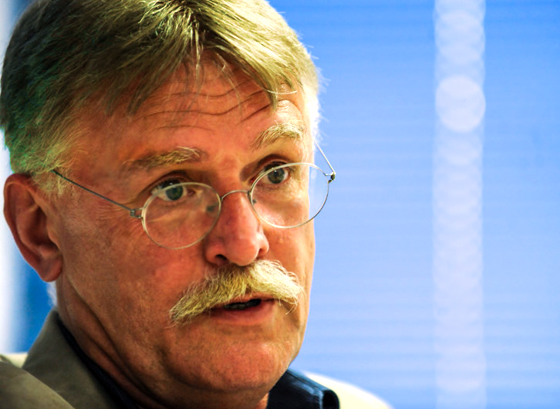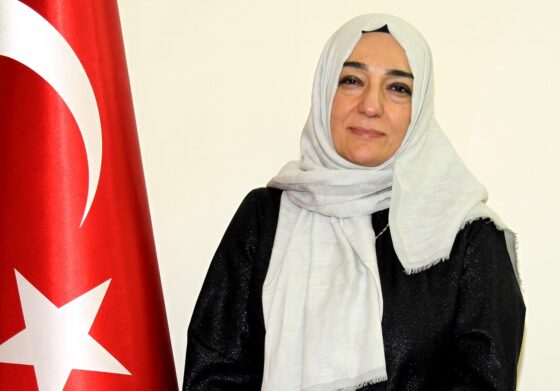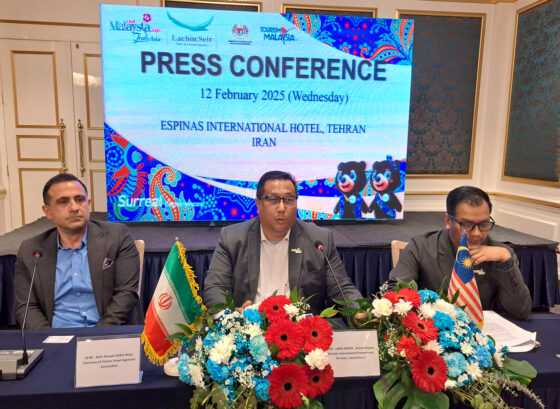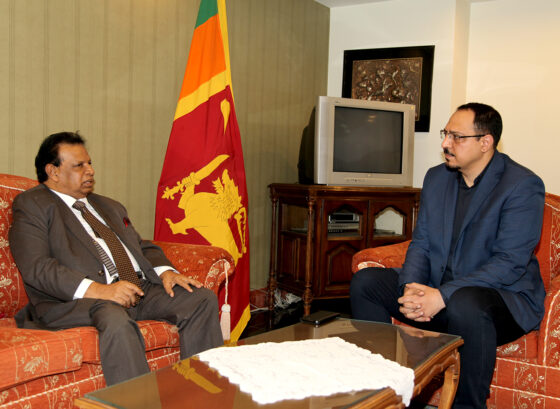“Attar and Rumi’s Works Contain Numerous Instances of Tales Adapted from Other Sources,” States Marzolph

Professor Ulrich Marzolph, a prominent expert of Iranian studies and an eminent professor at the University of Göttingen, became interested in studying Persian literature and theology in the times of Iran’s Revolution and after years of research, he wrote a number of articles in English and German on Persian folk narratives, some of which translated into Farsi. Enthused about stone-carved versions of tales, he collected the documents published in the Qajar period and conducted studies thereon, and that brought him an award at the 6th Cultural Research of Iran’s Ministry of Guidance in recognition of his work on the art of illustration in stone-carved books. To delve deeper into his interests and fields of activities, we conducted an interview with him which is as follows. He is a scientific member of the Encyclopedia of Fairy Tales operating under the Göttingen Academy of Sciences.
AVA Diplomatic’s Exclusive Interview with Ulrich Marzolph, Iranologist and President of the International Society for Folk Narrative Research
When did you first travel to Iran?
The first time I ever came to Iran was in 1971. I had just finished highschool, and like so many young people from Europe and the West, I was on my way to India. Looking for a spiritual experience. I had joined a small company who had picked up people in Istanbul, promising to take us all the way to India. We had already travelled for several days, when the bus needed repairs, and so we stopped at Tehran’s Amir Kabir street. As we stayed only for a very short period, I did not see much of the town, and probably just walked around the southern quarter.
How were you first interested in Iranian culture?
I ended up travelling in Asia, Africa, and Europe for about three years. When I finally decided to begin my studies at university, I opted for the field of “Oriental Studies” in my home town of Cologne. “Oriental studies” in those days was the name for a field occupied with the study of the Muslim world, in both its historical and contemporary dimensions. Two of my teachers, who have influenced my decision to devote most of my energy to Persian studies, were Iranian. I studied the Persian language and literature as well as Persian calligraphy with Shamsoddin Anvari al-Hoseini, and philosophy and general Muslim culture with Abdoljavad Falaturi. Falaturi was my main mentor. Having been educated in Qom, where he had attained the degree of ejtehad, he had at an early stage of his career decided to come to Germany in order to teach what he regarded as an adequate assessment of Muslim culture and thought, as expressed in particular in the Twelver-Shii culture of Iran. As I was one of his most devoted students, he convinced me to accept a scholarship at the Ferdousi University in Mashhad in late 1977. In Mashhad, I studied Persian literature with Gholam-Hosein Yousefi, and mysticism with Jalaloddin Ashtiany, both of whom were close friends of my mentor. I did, however, not stay in Iran for a long time, since the revolutionary atmosphere resulted in the university’s closure for extended periods. This gave me time to travel around the country, and I learned a lot about Iranian history and culture by visiting Yazd, Esfahan, Shiraz, Kerman, and other cities, as well as travelling back and forth between Tehran and Mashhad. When I eventually left Iran in late 1977, I had mailed home many boxes of books, and I had acquired a deep love for what was to become my major field of studies, i.e. Persian folklore and popular literature.
What was the name of your Persian language professors?
I learned Persian mostly with Shamsoddin Anvari al-Hoseini who was not only a gifted teacher of his native language but also a talented calligrapher.
In your point of view, what elements does Persian language have in comparison with other languages?
In “Oriental studies” it was customary to study Arabic in the first place. The usual choice would be Persian as a second most important language of the Muslim world, and modern or Ottoman Turkish as a third. As I built up my knowledge of Persian, I learned Arabic at the same time. This coincidence enabled me to neatly separate the two languages in terms of grammar while at the same time acknowledging their overlap in terms of vocabulary. Since Persian belongs to the same Indo-European family of languages as German (and most other modern European languages), its Grammar was easy to apprehend, and even when I was still a student, I already started to teach Persian to younger students.
When a person travels to a country for the first time, there are so many attractions. Tell us about the memories of that time.
Travelling in Iran, I was of course overwhelmed by the colorful and lively everyday culture. My main impression was, however, the friendliness of the people I met, many of whom helped me and even invited me into their homes when I did not manage to find my way. I particularly remember that once I was traveling during the month of Ramadan, and was sitting in a park in some northern city, when a group of young children started talking to me. As I was able to keep an easy conversation in Persian going, they decided to invite me to their nearby home. And even though I was reluctant to go, they insisted until I finally gave in. Their father was surprised, but acted extremely hospitable and immediately asked his wife to prepare chilled melon and fruits for me. Not being accustomed to fasting during a hot summer’s day, I accepted with pleasure, and only then realized that my hosts were not eating anything, as of course they were observing the fast.
What factors initiated your interest in Iran’s popular culture?
Decisions that shaped my life long ago are difficult to remember. As far as I can reconstruct, my fascination with Persian popular culture and folklore resulted from the immediate and intense contact with “ordinary” people in the country. I remember seeing the peddlers offering cheap booklets on a large cloth spread out on the sidewalk of the streets in the city center, and what they offered in terms of popular reading matter I could read and understand. Moreover, some of the tales I read in popular collections such as the “Chehel Tuti” were familiar to me from previous readings in the European literatures, and so the simultaneous experience of familiarity and strangeness constituted a large fascination.
What factors formed your orientation towards folktales?
Having returned to Germany in 1977, as my MA thesis I presented a study and translation of the Persian popular booklet “Chehel Tuti” in 1979. Studying the tales included in that collection, I became aware of the methodology of international and comparative folk narrative studies. One of the goals of this field of studies is the documentation ad analysis of the dissemination of tales in Indo-European tradition. As many of those tales have historically travelled from Indian tradition to the West, Iranian tradition was a logical link in the chain of their international dissemination. Meanwhile, a thorough documentation and study of Persian tales according to the international system devised by “Antti Aarne” and “Stith Thompson” did not exist, and so I decided to prepare such a study as my PhD thesis.
As for your studies in Persian folktales, what are your takes on Iran’s folk culture?
Folktales are never a faithful mirror of the actual everyday culture. On the contrary, they often serve to express the people’s secret wishes, thus constituting an outlet for the shortcomings and frustrations of everyday life. Considering this general assessment, Persian folktales are extremely similar to their equivalents in the Western European cultures. Of course, regional and local characteristics that may or may not be alien to a Western European audience prevail. For instance, the lowly hero of Persian folktales is sometimes a “thorn-gatherer,” whose equivalent for European tradition would be the woodcutter. When going into the wilderness, the hero would go to the “biyaban” as the equivalent of the German forest. If one translates these regional specifics into their equivalents in different cultures, the general conflicts of folktales and popular literature are the same as almost anywhere. The “folk” is struggling to make a living and to counteract adversaries with the ultimate goal to attain happiness. As in many European folktales, Persian folktales symbolically express this attainment of happiness as marriage with the princess and the accumulation of great whealth.
Are the published texts on Iran’s culture and traditions consistent with the realities of our society?
As I have repeatedly argued in interviews, many Iranian publications in the field of Persian folklore suffer from a certain deficiency. This deficiency is partly due to lacking scholarly standards, and folklore is a field that appears to be particularly vulnerable and open to all kinds of interferences and transgressions. Mentioning just a single point that I regard as inadequate in most Iranian publications is the fact that both the language and content of the data acquired by fieldwork are often “sanitized.” When the somewhat crude language of everyday conversation is polished into a language close to the modern literary standard, colloquial expressions are eliminated, grammar is transformed into a way of expression deemed “correct”, and even details of content are changed so as not to collide with a manner of expression regarded as appropriate or “politically correct.” I have often marveled at the ambiguity with which Iranian folklorists approach popular culture. Since the days of “Sadeq Hedayat”, popular culture on the one side is regarded as preserving ancient customs and expressions in their purest form; on the other hand, sanitized publications bespeak a thorough distrust of popular culture that quite obviously is not deemed fit to be published in its crude and unrefined form. Publications such as the tales of “Mashdi Galin Khanom”, in which I had a chance to collaborate, prove that the Iranian audience values and, in fact, admires unrefined texts from popular tradition. I sincerely trust that one day, the official attitude in Iran will also give original and unrefined popular expression its due recognition.
You have conducted extensive studies in Persian popular humor. Which elements of popular humor have interested you more?
During my extensive studies in Persian popular humor, two characters have attracted my particular attention, and I have published a fair amount of work on them. The first of these two characters is Molla Nasreddin, and the second one Bohlul. Both characters, notably, are not indigenous to Iranian tradition. While Molla Nasreddin derives historically from a mixture of the Turkish trickster Nasreddin Hoja and the Arabic joker Juha, Bohlul originates in Arabic literature. Both characters share a tremendous historical depth, and both characters have been adapted to Iranian tradition to an extent that their origins have almost been forgotten. The particular attraction of Nasreddin is his ability to integrate jocular tales from a wide variety of traditions and touching on a wide variety of topics. Bohlul, to the contrary, is more clearly defined as a character with philosophical and particular mystical tendencies, as tradition characterizes him as a faithful pupil of the sixth imam Ja’far al-Sadeq.
What are the characteristics of Persian mysticism? To what extent do you find it interesting?
Persian mysticism has mostly interested me because of its amazing ability to integrate popular narrative material according to its specific goals, particularly jokes and anecdotes. In particular the masnavis of Faridoddin Attar and Jalaloddin Rumi contain numerous instances of tales that have been adapted from other sources and that sometimes bespeak an international distribution. A mystical worldview can be expressed in many different ways. The mystical poets of the Persian language express their worldview often in a manner that speaks directly to the audience, rather than going into detailed theoretical debates. In this way, their works bespeak both liveliness and humor as two of the major characteristics of their worldview.
What major alterations have Iran’s popular culture went through during the last three decades?
On the one hand, we witness the fact that large and influential institutions such as the Great Islamic Encyclopedia start to devote serious efforts to documenting and analyzing popular culture and folklore in Iran, such as by the recent publication of the first volume of the Daneshname-ye Farhang-e Iran. At the same time, as in many other countries in the world, folklore in Iran is under constant pressure that mostly arises from the modern ways of living. Even though folklorists may deplore the constant dwindling of “traditional” folklore, it is, however, important to see that in a manner corresponding to the disappearance of traditional forms of cultural expression new forms of folklore emerge. Grandmothers might not be available for storytelling any more, but the internet offers fascinating opportunities for the development of new forms of folklore, some of which are bound to replace the general human need for codified expression of general needs. Our task as researchers is, first of all, to study what is happening. Instead of a nostalgic lament for things apparently or supposedly irretrievably lost we need to understand why things are the way they are.




